The powerful capabilities of the JWST allowed scientists to penetrate dust and gas clouds to capture crucial data on new star formation.
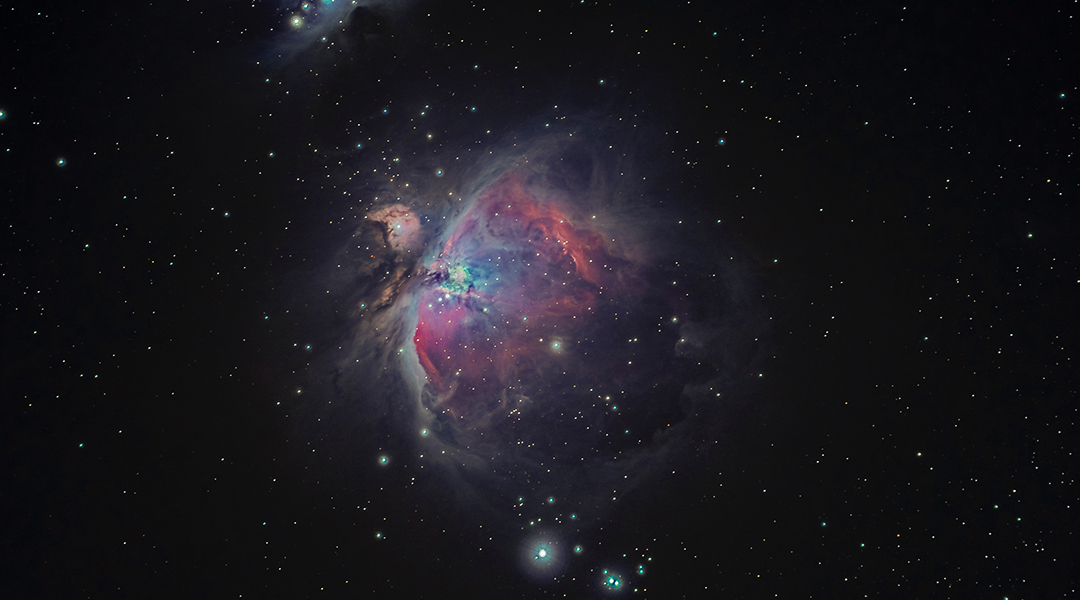

The powerful capabilities of the JWST allowed scientists to penetrate dust and gas clouds to capture crucial data on new star formation.
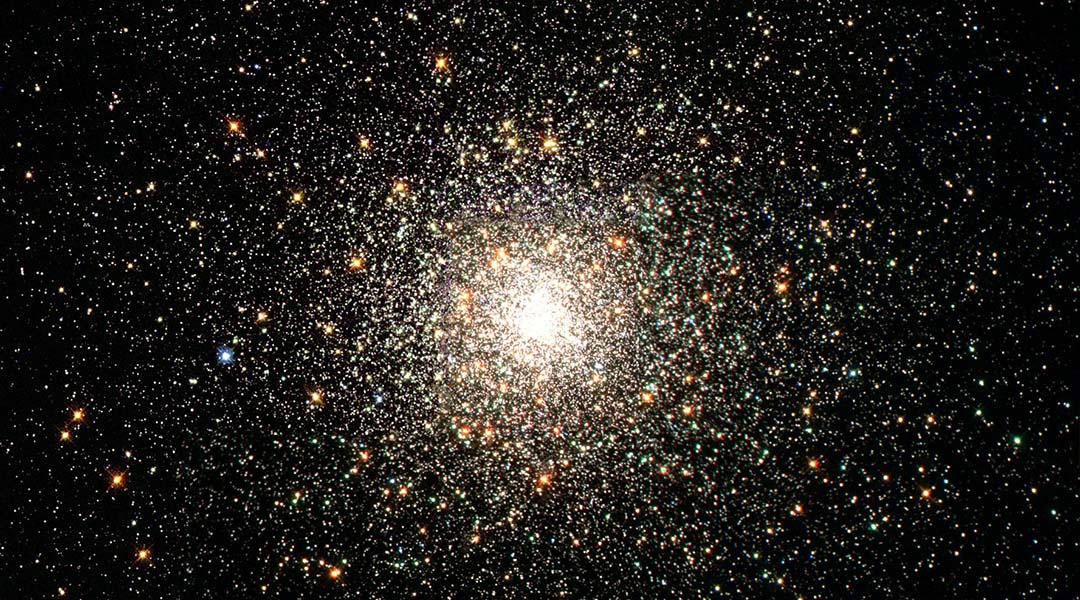
A new study evaluates gravity using string theory, a promising candidate for describing particle interactions at their most fundamental level.
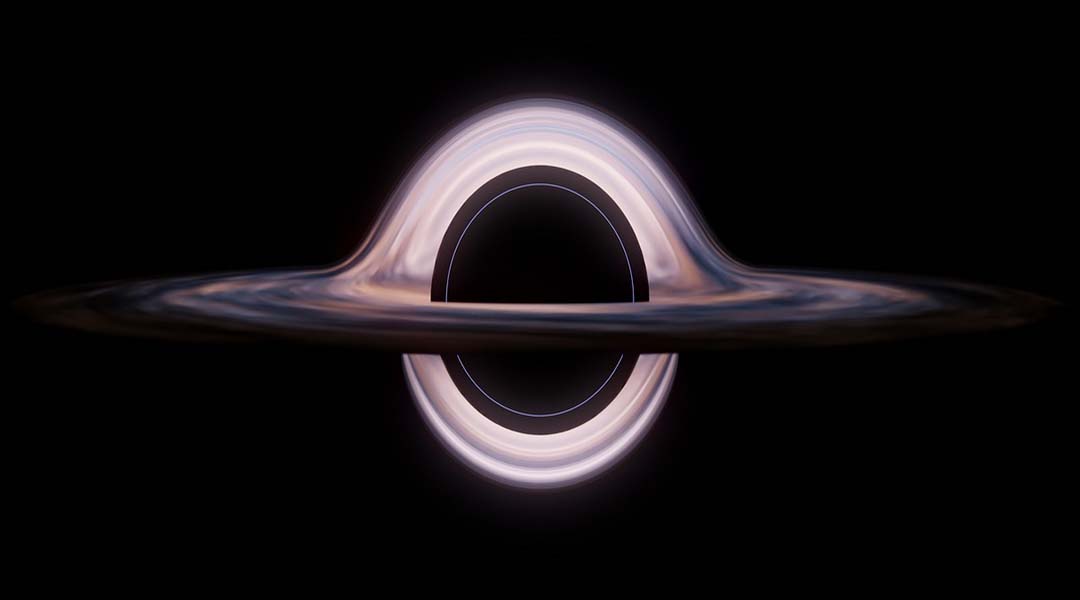
Astronomers looking at how black holes grow over time may have found the answer to one of the biggest problems in cosmology.
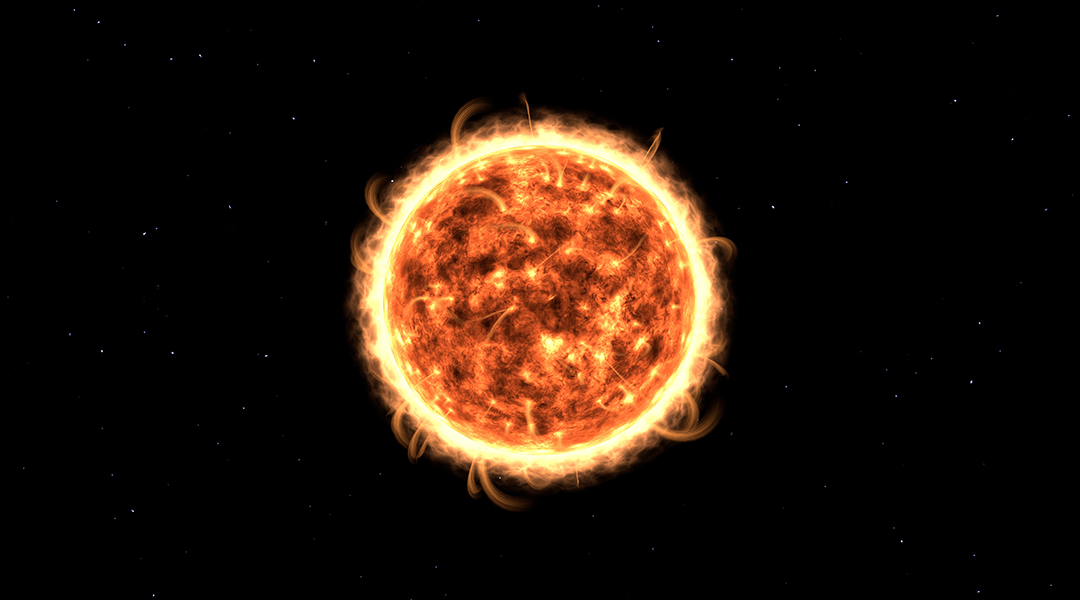
Sending atomic and nuclear clocks into the inner reaches of our solar system could help scientists find proof of elusive dark matter.
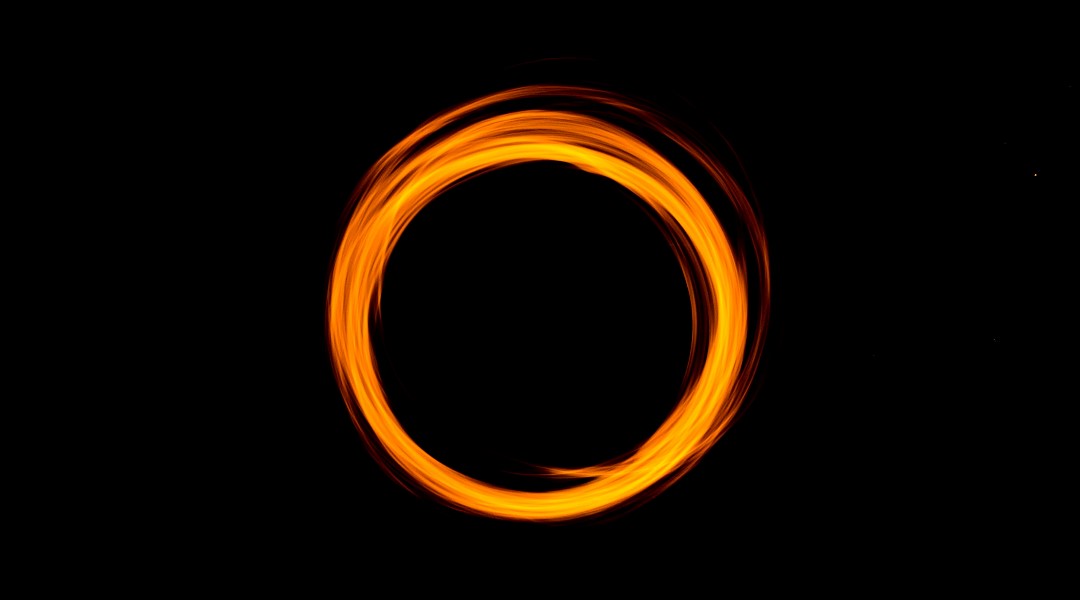
Is it time to start looking for alternatives to WIMPs?
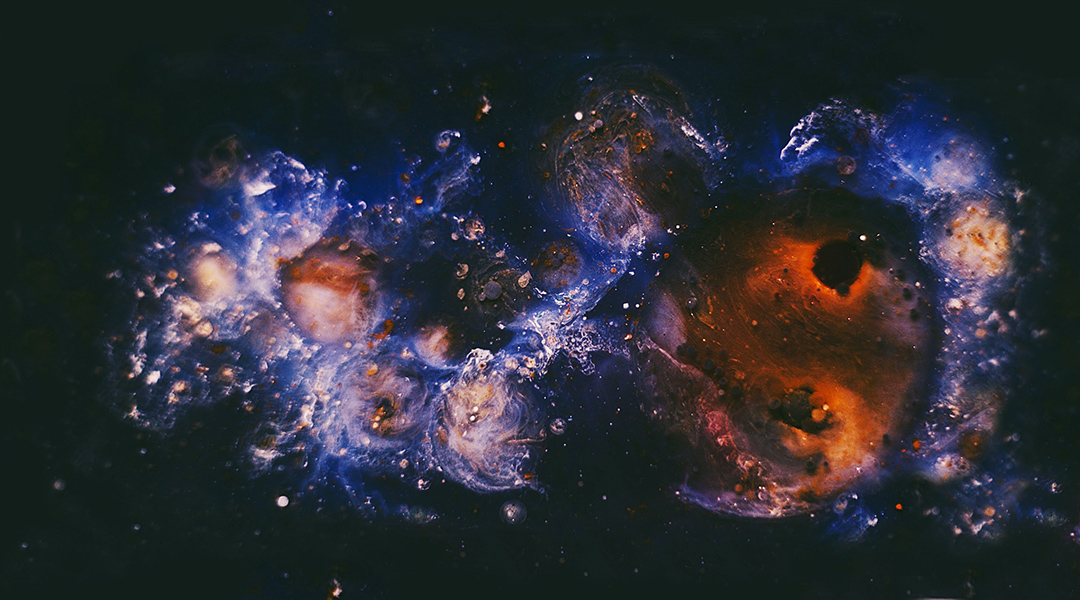
A modification to the theory of general relativity makes it consistent with observable astronomical data without the need for dark energy.
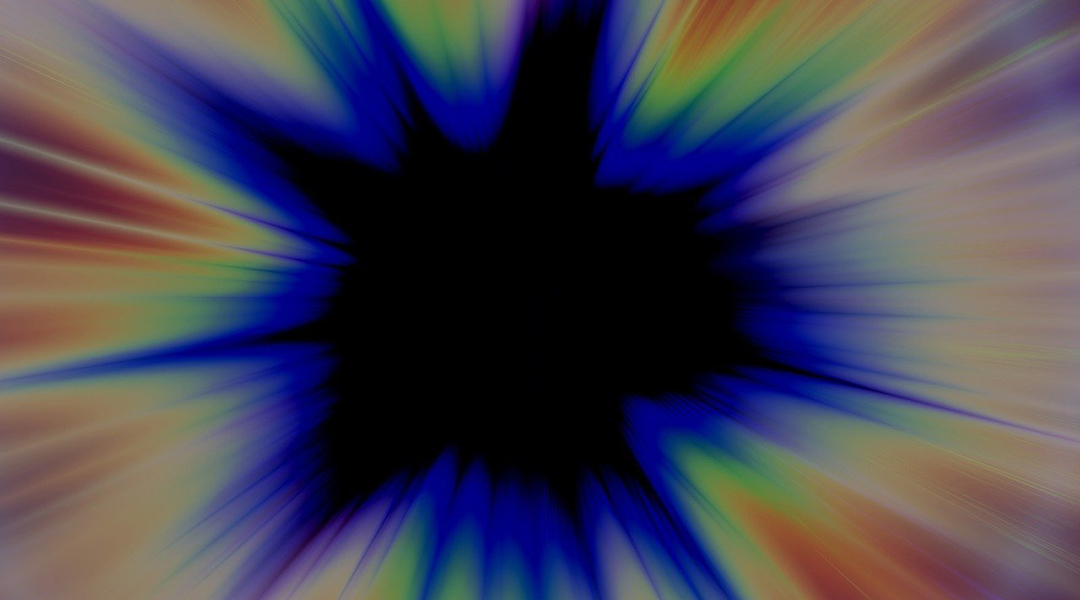
Conflict between theory and observational evidence suggests a missing ingredient in our understanding of the early Universe.
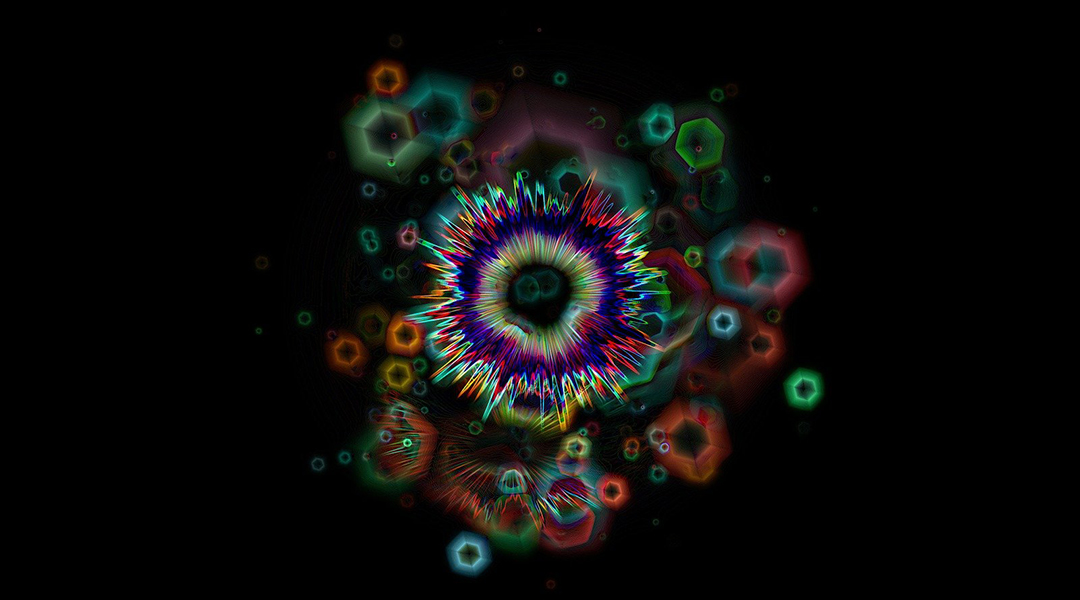
Quantum gravity seeks to describe gravity according to the principles of quantum mechanics, but can it be done?
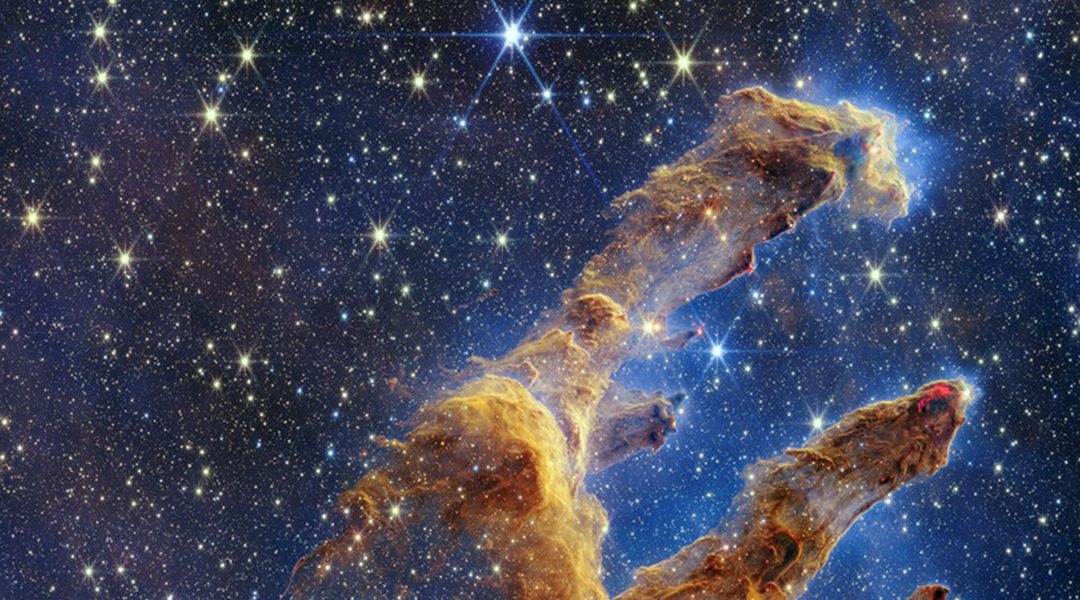
This month, NASA’s James Webb Telescope captured images of the Pillars of Creation in breathtaking detail.
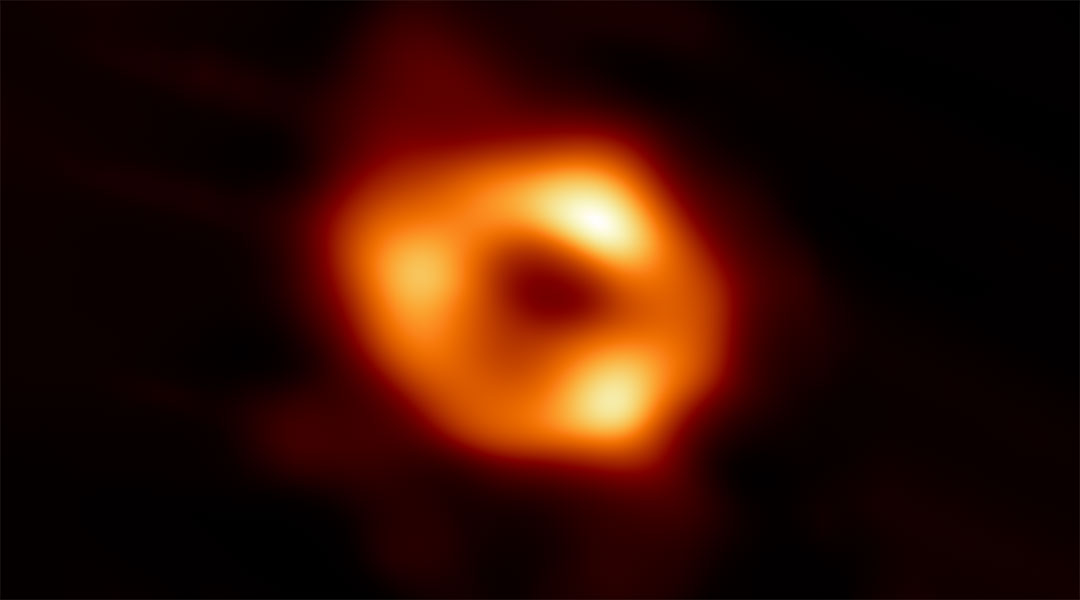
Imaging a black hole is not an easy thing, it takes years of experiments, collaborations, grants, planning, and no small amount of luck.